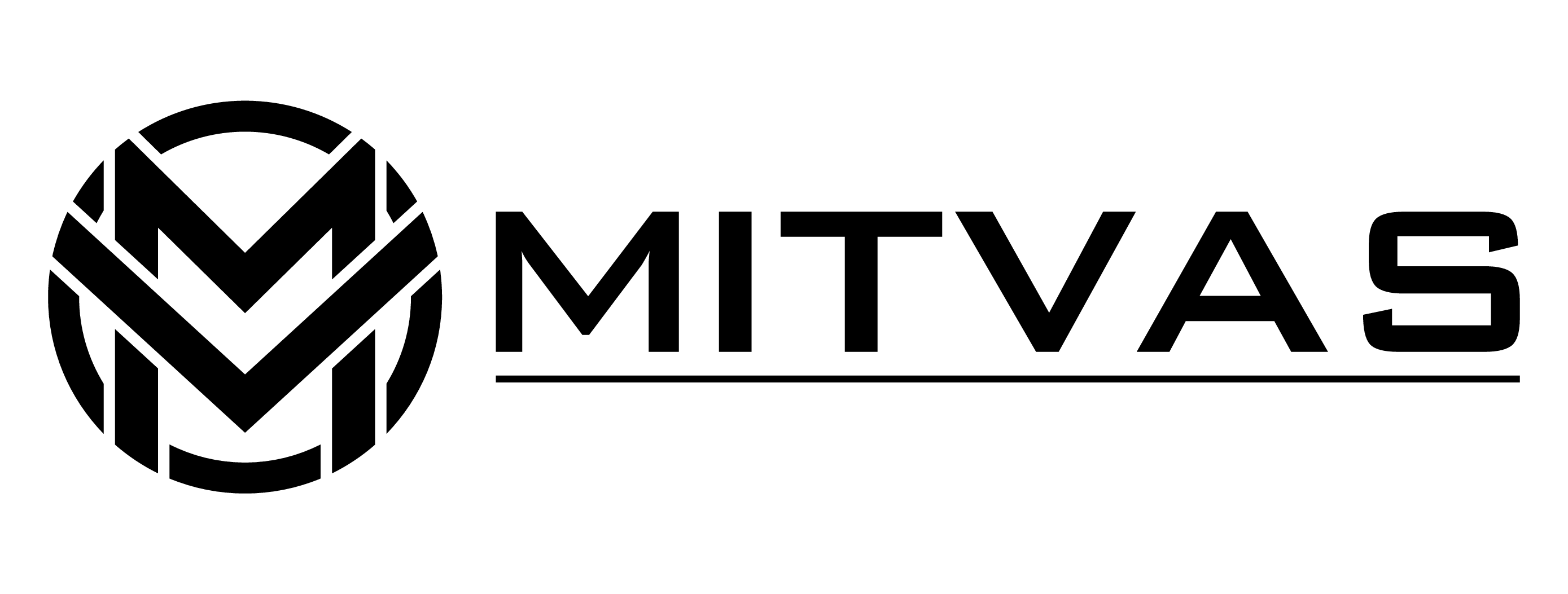The world of cryptocurrency trading has seen a surge in popularity over the past few years, with more and more investors looking to profit from the volatility of digital assets. Margin trading, a strategy that allows traders to borrow additional funds in order to amplify their positions and potential profits, has become a popular tool in the cryptocurrency market.
In this article, we will explore the ins and outs of margin trading in cryptocurrency markets, looking at how it works, the risks involved, and some tips for successful margin trading.
What is Margin Trading?
Margin trading is a strategy that allows traders to borrow funds in order to increase their buying power. In traditional markets, margin trading is typically done through a broker, who lends funds to traders in order to amplify their positions.
In the cryptocurrency market, margin trading is often done through cryptocurrency exchanges, where traders can borrow funds to buy or sell digital assets. By using leverage, traders can increase their potential profits, but also expose themselves to greater risks.
How Does Margin Trading Work in Cryptocurrency Markets?
In cryptocurrency markets, margin trading works by borrowing funds from the exchange in order to increase the size of a trade. For example, if a trader has $1,000 in their account and wants to make a trade worth $2,000, they can borrow $1,000 from the exchange to make up the difference.
The exchange will charge interest on the borrowed funds, and the trader will need to maintain a minimum balance in their account to cover any potential losses. If the trade goes in the trader’s favor, they can make a profit on the borrowed funds. However, if the trade goes against them, they can incur significant losses.
Risks of Margin Trading
While margin trading can be a powerful tool for amplifying profits, it also comes with significant risks. One of the biggest risks of margin trading is the potential for liquidation, where the exchange will automatically close out a trader’s position if it falls below a certain level.
Liquidation can result in a loss of the entire borrowed amount, as well as any collateral that the trader has put up. This can lead to significant losses and even wipe out an entire trading account.
Another risk of margin trading is the potential for extreme volatility in the cryptocurrency market. Crypto prices can be highly volatile, which can lead to rapid and unpredictable price swings. As a result, traders using leverage can be exposed to amplified losses if the market moves against them.
Tips for Successful Margin Trading
While margin trading can be risky, there are some tips Stable Capital that traders can follow to increase their chances of success. One important tip is to always use stop-loss orders to limit potential losses. Stop-loss orders are orders placed with the exchange to automatically close out a trade if it reaches a certain price level, protecting traders from further losses.
Another tip is to carefully manage leverage and not to overextend. It’s important to only use leverage that you can afford to lose, and not to be too greedy in seeking out high profits. By carefully managing leverage and using risk management strategies, traders can minimize their exposure to potential losses.
In conclusion, margin trading in cryptocurrency markets can be a powerful tool for amplifying profits, but it also comes with significant risks. Traders should carefully consider the risks involved and follow best practices to increase their chances of success. With proper risk management and a sound trading strategy, margin trading can be a valuable tool for experienced traders looking to profit from the volatility of digital assets.
